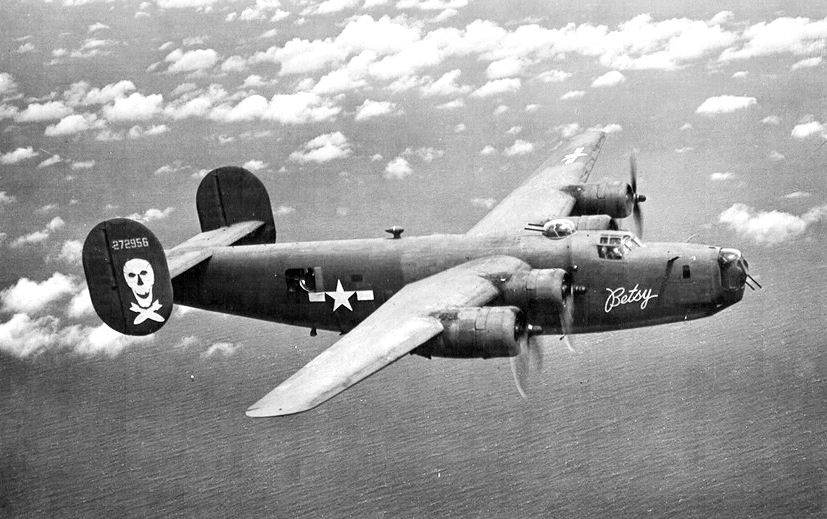“It’s a story that has followed me since childhood, but I kind of ignored it until a few years ago. In fact, my great-grandmother hid one of the pilots at her house for a few days. The pilot of the plane headed towards the island of Vis but still decided to land somewhere in the hinterland of Sibenik on solid ground because of the bombs that were supposed to be dropped over Vienna. As the plane was damaged, the entire crew jumped out with parachutes near Brnjica and Pokrovnik on October 13, 1944. That area was a plain and became an improvised airport. As soon as the people from the surrounding villages saw the plane crash, everyone rushed there to collect valuable loot. So there was a clash between the Ustashas and the partisans. Part of the crew was taken away by the Ustashas and part by the partisans after a few days. My great-grandmother kept one, similar to the event in the series ‘Allo allo!’ – reported the Sibenik archaeologist for Sibenikin.
In short, some of the crew members were taken to Drnis and later transferred to a prisoner-of-war camp, and those who were injured during the parachute landing were transferred to Vis by the partisans. There were 11 of them in total.
There was a Jewish surgeon in the crew as well.
“Leslie Caplan was an American surgeon of Jewish origin, but the Germans still treated him humanely and transferred him to a military camp in Germany. Everything went well, and he returned home. I am in contact with his daughter, who is delighted with this whole story”, says the Sibenik archeologist.
Nakic returned to this topic later, sometime around 2020.
“At that time, Americans had a habit of giving airplanes female names, and they named this one from Brnjica ‘Nancy Jane 2’. It collapsed right next to the current road that leads from Brnjica to Sibenik, and my son found the first piece of metal. I talked about it, so he went to explore a bit. They were just pieces of metal, but when we dug a little deeper, we also found pieces with engraved names and rivets. I collected about seven or eight bags. And all that without a metal detector, which means there is much more there – explains Nakic.
There are no witnesses to the event.
“Almost all of them passed away. However, as I was very interested in this topic, I managed to get in touch with several people in Croatia who helped me a lot. During the Second World War, more than 700 aircraft fell in our country. Radovan Zivanovic from Opatija certainly knows the most about this. He is a true lover of the subject. Through him, I also got in contact with the Americans. In 1944, they regularly kept diaries about every airplane flight. That helped me a lot. I also found some German documents about the event. Simply by Googling it”, says Nakic.
A more detailed text about this research should be published in the journal Miscellanea Hadriatica et Mediterranea, published by the University of Zadar, in Croatian and English.
“Many think this is not a remarkable discovery in the world of archeology because less than 80 years have passed since the plane crash. However, this type of archeology is increasingly popular, and the number of people who love everything related to the Second World War is growing. Let’s call it some kind of ‘dark tourism.’ Since there have been more than 700 such plane crashes in Croatia, it is a specific but promising branch of tourism”, concludes Sibenik archaeologist Andrija Nakic.
For more, make sure to check out our dedicated Lifestyle section.










